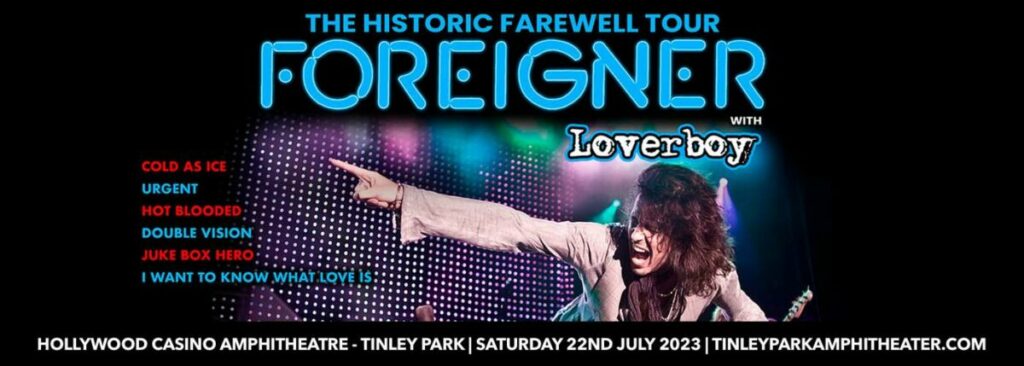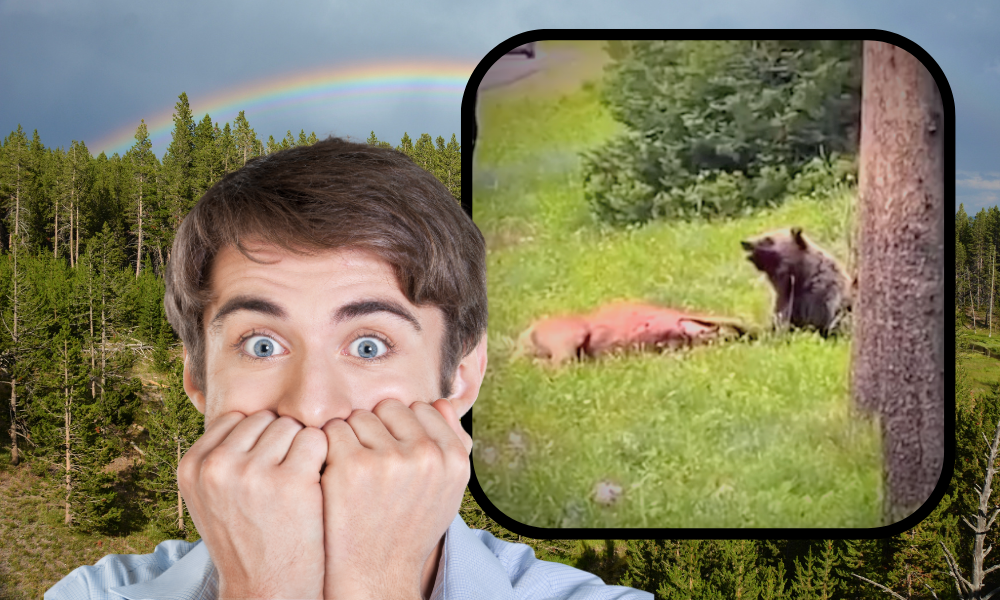Nonnative Brook Trout Discovered in Yellowstone National Park Causing Creek Closure
Written by Jessi Entel on August 3, 2023
The Soda Butte Creek will be closed to the public August 14 through August 18 from the Northeast Entrance 9.6 miles to Ice Box Canyon, so biologists can remove a species of nonnative brook trout that were discovered.
Warm Creek and the Soda Butte Creek picnic area will also be closed for “project staging”.
Yellowstone National Park, Montana Fish, Wildlife & Parks, along with the Gallatin National Forest will work together to resume the Soda Butte Creek Native Fish Restoration Project.
The project originally concluded in 2016 once park and wildlife officials were able to remove all of the nonnative brook trout from the waterway through successful treatments.
The nonnative brook trout are a threat to the native Yellowstone cutthroat trout found in the park. If not addressed this month, the cutthroat run the risk of being completely displaced and the nonnative trout will eventually spread into the entire Lamar River watershed.

Young cutthroat trout swimming in shallow water Young cutthroat trout swimming in shallow water. (NPS/Jay Fleming)
The invasion of the nonnative brook trout will then threaten the largest remaining riverine population of Yellowstone cutthroat trout in existence.
Biologists will be removing the nonnative brook trout by apply a piscicide (rotenone) that has been approved by the EPA.
Before removing the brook trout, biologists will move the cutthroat from the area to an upper, untreated area of Soda Butte Creek. During the week of August 7, the cutthroat will be removed by electroshocking and all “salvageable” cutthroat trout will be moved to the designated water area.
Once all fisheries staff has completed the treatment, the cutthroat will be released back into Soda Butte Creek.
The only native trout species to Yellowstone National Park are the cutthroat trout and they are the most ecologically important fish of the Greater Yellowstone Ecosystem.
The cutthroat’s population has declined through the years throughout the Intermountain West due impart to completion and predation with nonnative fish species, a loss of their genetic integrity because of hybridization, habitat degradation, and predation.
Learn more about the fish restoration project and ongoing preservation efforts at the Native Fish Conservation Program.




